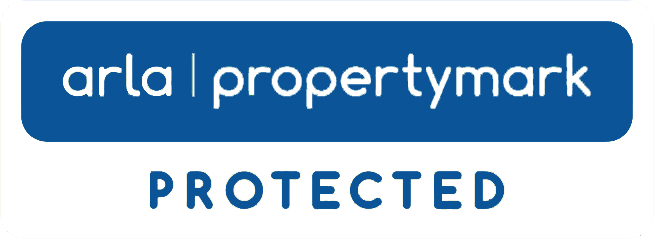
Mortgage rates can vary based on the type of mortgage and the duration of the fixed rate. Here's a breakdown of the key differences between 2-year and 5-year fixed-rate mortgages:
2-Year Fixed Rate Mortgage:
Advantages:
- Monthly payments are fixed for two years, providing payment certainty during this period.
- The financial markets anticipate that interest rates may soon reach their peak, followed by a period of rate stability before potential decreases. This means you might find lower mortgage rates when you need to remortgage after the initial two-year term.
Disadvantages:
- As of now, 2-year fixed-rate mortgages are generally more expensive than 5-year deals. This means you'll pay more per month with a 2-year fixed-rate mortgage.
- If interest rates do drop during the two-year period, you won't be able to take advantage of lower rates until you can remortgage, which may involve paying fees for exiting your current deal early.
5-Year Fixed Rate Mortgage:
Advantages:
- Monthly repayments remain fixed at the same amount for the next five years, even if interest rates rise during that time.
- Currently, 5-year fixed-rate mortgages tend to have lower interest rates than their 2-year counterparts. This results in lower monthly repayments.
Disadvantages:
- You're locked into the same mortgage rate for a longer period. If interest rates decrease, you won't benefit from lower rates until you can remortgage or are willing to cover exit fees.
Which One to Choose: The choice between a 2-year and 5-year fixed-rate mortgage depends on your specific circumstances and market conditions. While traditionally, the lower interest rate option was favored, the decision is more complex now.
In 2023, 5-year fixed rates are generally lower than 2-year rates, and the gap between them has been growing throughout the year. This means that you could save around £27 per month for every £100,000 you have left on your mortgage by opting for a 5-year fixed rate. However, the decision should be tailored to your unique situation.
Consider speaking with a mortgage broker or adviser to get personalized guidance, as they can help you navigate the current market conditions and make an informed decision. Additionally, keep in mind that most lenders allow you to switch to another fixed-rate mortgage deal six months before your existing deal ends.
It's also worth noting that tracker mortgages, which follow the Bank of England's Base Rate, can be appealing if market expectations suggest that the Base Rate is nearing its peak and will remain stable or decrease in the future. Tracker mortgages enable you to benefit from interest rate reductions in real time, leading to lower monthly payments when rates drop. For every 1% change in the Base Rate, your monthly mortgage payments can change by an average of £54 per month for every £100,000 of your outstanding balance.
Please note: the information and opinions provided in this article is not intended to be financial advice and should not be relied upon when making financial decisions. Please call us if you want advice from a specialist mortgage provider.
Source rightmove








